
ARCHAEOLOGISTS DIDN'T KNOW what to expect when they began searching for a 2,700-yearold Assyrian sculpture that had last been seen decades before. First documented in the nineteenth century and excavated in the early 1990s, the massive statue was subsequently reburied to protect it from turmoil in northern Iraq that threatened the site. By 2023, the political situation in the region had stabilized, allowing archaeologists to return. As an Iraqi-French team removed 30 feet of debris, the figure's fine details gradually reemerged. There were rows of delicately overlapping feathers, the hanging curls of a man's beard, and the cloven hooves of a bull, all skillfully carved from shining white alabaster. The sculpture, which stood 12.5 feet tall and weighed nearly 20 tons, represented a lamassu, an Assyrian deity with a human head and a winged bull's body. Given the intense events that had occurred around the site, it was a marvel that the sculpture remained in such good condition. "The lamassu had vanished between anti-tank trenches and bunkers," says Paris 1 Panthéon-Sorbonne University archaeologist Pascal Butterlin. "Considering this situation, with traces of heavy bombing and fights all around, it's a miracle that it wasn't further damaged." Only the statue's head was missing, but Iraqi officials knew it had been surreptitiously looted in 1995 and broken into parts to be smuggled out of the country. The pieces of the lamassu's head were successfully retrieved and are currently exhibited in the Iraq Museum in Baghdad.
This story is from the {{IssueName}} edition of {{MagazineName}}.
Start your 7-day Magzter GOLD free trial to access thousands of curated premium stories, and 9,000+ magazines and newspapers.
Already a subscriber ? Sign In
This story is from the {{IssueName}} edition of {{MagazineName}}.
Start your 7-day Magzter GOLD free trial to access thousands of curated premium stories, and 9,000+ magazines and newspapers.
Already a subscriber? Sign In
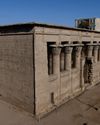
AN EGYPTIAN TEMPLE REBORN
By removing centuries of soot, researchers have uncovered the stunning decoration of a sanctuary dedicated to the heavens
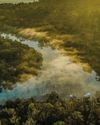
THE SHELL SEEKERS
How hunter-gatherers in northern Florida facing an uncertain future revived a powerful symbol of their past
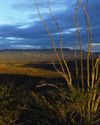
The Secrets of Porvenir
Remembering the victims of a 1918 massacre that shook a Texas border community
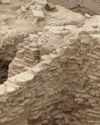
UNEARTHING ANELUSIVE EMPIRE
Archaeologists have discovered rare evidence of an enlightened medieval dynasty that ruled much of Central Asia
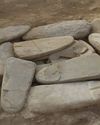
Ahead of Their Time
Excavations reveal the surprising sophistication of Copper Age villagers in southwestern Iran 6,000 years ago

ORIGINS OF PERUVIAN RELIGION
While investigating looters' holes at the site of La Otra Banda in northern Peru's Zaña Valley, archaeologist Luis A. Muro Ynoñán of the Field Museum and the Pontifical Catholic University of Peru spotted carved blocks around seven feet below the surface.
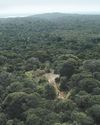
ISLAND OF FREEDOM
Many of the enslaved Africans sent to Brazil beginning in 1549 were from what is now Angola, where one of the most widely spoken languages was Kimbundu.
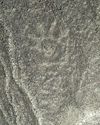
NAZCA GHOST GLYPHS
From the 1940s to the early 2000s, geoglyphs were discovered in the Nazca Desert of southern Peru depicting animals, humans, and other figures at the rate of 1.5 per year.

COLONIAL COMPANIONS
The ancestry of dogs in seventeenth-century Jamestown offers a window into social dynamics between Indigenous people and early colonists.
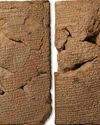
BAD MOON RISING
The British Museum houses around 130,000 clay tablets from ancient Mesopotamia written in cuneiform script between 3200 B.C. and the first century A.D.